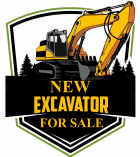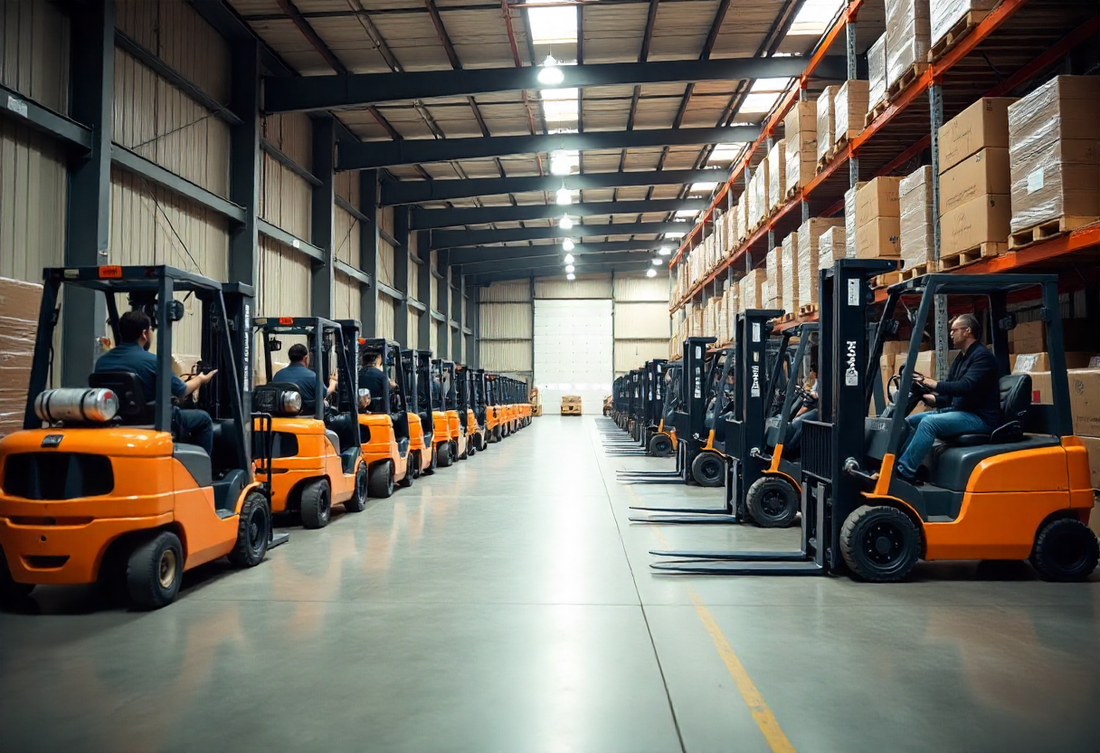In a warehouse or other big storage facility, forklifts are used to transfer enormous volumes of products. For workers to transport goods securely and effectively, they are a necessary piece of equipment.
Forklifts are also required to guarantee that items are stacked and stored as efficiently as possible. In addition to making it easier to collect the specified inventory when needed, they may help store goods at heights. distinct forklift kinds serve distinct purposes to greatly simplify warehouse operations.
Why Selecting the Correct Forklift Is Important
Because different forklift models serve different purposes, it's critical that you have the appropriate one and operate it properly. To operate forklifts securely and make sure you get the most out of the equipment you choose to buy, you must be aware of the many roles that they perform. When a forklift is utilised improperly, it can hurt the machine or the people who use it.
Because of this, it's critical to know exactly what you need a forklift to do and to select the right equipment for that purpose. Let's examine the many kinds of forklifts and how they work. You need to know more about the kind of forklift you'll require by the time you finish reading this tutorial.
The Different Forklift Types
Forklifts are available in a variety of sizes and forms and serve a variety of purposes. The following are some of the forklift kinds.
Forklift counterbalance
The forklift must counteract the weight of the cargo it is carrying in order to function according to the laws of balance. This is accomplished by adding weight to the forklift's rear end. When space is not a major concern, these forklifts are perfect. The three-wheeled model, which has a short turning circle and is perfect for more constrained loading zones, is one example of a counterbalanced truck that can operate in a smaller space.
Reach Trucks
Reach trucks are excellent for getting to high-altitude stock. To load pallets, these pieces of equipment include prongs that extend forward on stabilising legs. Indoor warehouses are the perfect place for these forklifts. They are not appropriate for outdoor settings because of their poor bottom clearance.
Pallet trucks with power
For anyone who needs to carry small items solely horizontally, powered pallet trucks are perfect. They are useful for anyone who has to transport a cargo from one place to another since they are easy to handle and can carry heavy loads up to 2500 kg.
Order Picker
An order picker is a fleet essential if you work in a warehouse that handles client items. Order pickers have a 16-meter reach. An operator may gather individual goods to put together client orders while working at a height and close to pallets.
Sideloaders Side-loading forklifts are often utilised outdoors or in warehouses; they are made to securely and critically handle very large loads in a highly space-efficient way. They are skilled in manoeuvring between vehicles, cantilever racking, and block-stacked cargo.
Telehandlers
Since telehandlers often have tires that can handle a variety of terrain, they are perfect for anybody managing an outside operation. With a big extensible arm that can handle heavier objects, this equipment is ideal for construction sites since it combines the features of a forklift and a crane. A telehandler's reach is typically 19 feet, and the arm's flexible prongs allow it to fit into more confined areas. Additionally, they can load both sides of a truck from one side, which is fantastic if the truck bed has restricted access.
Rough Terrain Forklifts
Rough terrain forklifts are the best equipment for places with uneven terrain because of their strong, pneumatic tires, which are appropriate for rougher terrain.
Industrial Forklifts
Big-duty forklifts, another name for industrial forklifts, are designed specifically to move very big loads. Although they are often only required for extremely specialist applications, industrial forklifts are capable of handling loads up to 16,000 kg. Additionally, if the ground is reasonably level, they may reach objects at a height and are best suited for outdoor applications.
The Walkie Stackers
One manual forklift kind that is operated by a standing operator is the walkie stacker. The operator may go behind the forklift and load the required materials because they lack a driver's compartment. Walkie stackers, as opposed to pallet trucks, are able to carry bigger loads and reach objects above ground level.
Selecting a Forklift
Before making your final purchase or rental decision, there are a number of considerations to consider when searching for the best kind of forklift for your particular application. Above all, you must be really clear about the purpose of the forklift. The majority of forklift-related incidents occur at work as a result of improper operation. As a result, it's critical to understand the forklift's range of applications in advance.
A clear budget should also be in place before choosing the kind of forklift to buy. Forklifts come in a variety of options to fit most needs and price ranges.

